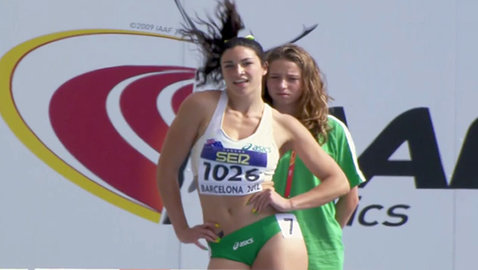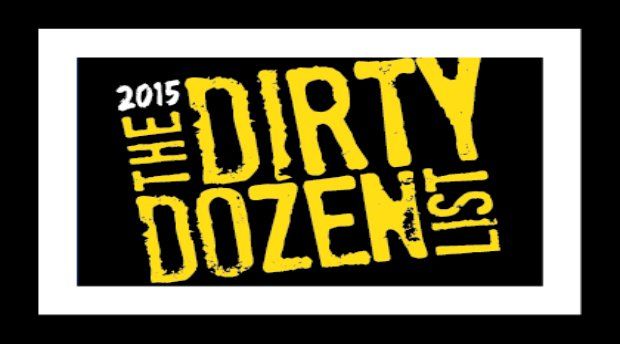Advertisers Focus On Sexiness, Not Athletic Ability, Sabotage Female Athlete’s Endorsement Opportunities
Post Views 3
Female Athletes like Jordyn Weiber, Sarah Robles, Gabrielle Douglas, Missy Franklin and Dona Vollmer have won hearts and medals with their performances as have Michel Phelps and Ryan Lochte. Advertisers should be making a beeline for these sportsmen, given that their faces will surely help sell products and services.
However, new research says that whereas the men will reap a rich harvest in terms of endorsements the same will not apply to the females, whose achievements are in no way lesser than the males.
The paper due to be published in the Journal of Brand Strategy, sometime soon, says that there are two prime reasons why female athletes get fewer endorsements than their male counterparts. One is that they are not marketed in a manner that the brands audience would like to see them and secondly, whereas their presence is very prominent during the Olympics, they tend to fade away from the limelight once the games are over.
One of the authors of the study Professor John Antil of University of Delaware said that there was a “cycle of failure” that hampers female athletic endorsements. He said, “The way female athletes are being used as endorsers negatively impacts their effectiveness and reduces wider opportunities for other female athletes.”
The paper was co-authored by Professors Matthew Robinson of the University of Delaware and Rick Burton of Syracuse University.
The authors say that advertisers, instead of focusing on the ability of the athlete and other characteristics that define who is she is, focus more on her sex appeal. An ad featuring swimmer Dara Torres, in a small bikini suit, titled ‘Got Milk’ that accentuated her physical features did not go down well with the female participants. Those asked about their opinion said that the ads do not reveal or state what the athlete has done to merit her standing.
“Respondents suggested this was a poor image for an outstanding athlete who achieved so much while raising a family,” the authors said. “Featuring Dara Torres as a middle-aged single mother, able to balance family with work commitments, might be more effective than highlighting her physical attractiveness at age 40.
The paper said that the foremost hurdle that females’ sportswoman face in getting big sponsorship is that they are less visible on their male counterparts. Compared to the men, only 1.6 percent of women’s sporting events were broadcast in 2008. Men’s sporting programs are given preference since they garner more viewership and ratings.
For the first time in any Olympics the U.S. sent more female Olympians than male to the London Olympics, but the lack of attention they get, means that their faces will be less visible and hence less profitable to the advertisers than the men’s.
In conclusion the study notes, “the best opportunity for substantial endorsement contracts for female athletes will be determined over the next few weeks.”
However with things as they are not likely to change any time soon; female athletes who do well at the Olympics might be lucky to pick up a few endorsement crumbs that are left over from the endorsement banquet that the males will surely be offered.
Advertisers Focus On Sexiness, Not Athletic Ability, Sabotage Female Athlete’s Endorsement Opportunities by Harrison Barnes


 Advertisers Turn to Outlets Other Than Traditional Television
Advertisers Turn to Outlets Other Than Traditional Television  Next Level Text Allows Anyone to Fundraise
Next Level Text Allows Anyone to Fundraise  12 Companies That Profit Off Sexual Exploitation
12 Companies That Profit Off Sexual Exploitation  What Really Happens When We Receive Personalized Ads
What Really Happens When We Receive Personalized Ads  “Deadzone Diners” Takes a Different Approach to Cellphone Usage
“Deadzone Diners” Takes a Different Approach to Cellphone Usage  Fast Food Companies Look to Their Consumers for Advertising
Fast Food Companies Look to Their Consumers for Advertising  Project Gravitas Prepares for Black Friday with ‘Message in a PG Box’
Project Gravitas Prepares for Black Friday with ‘Message in a PG Box’